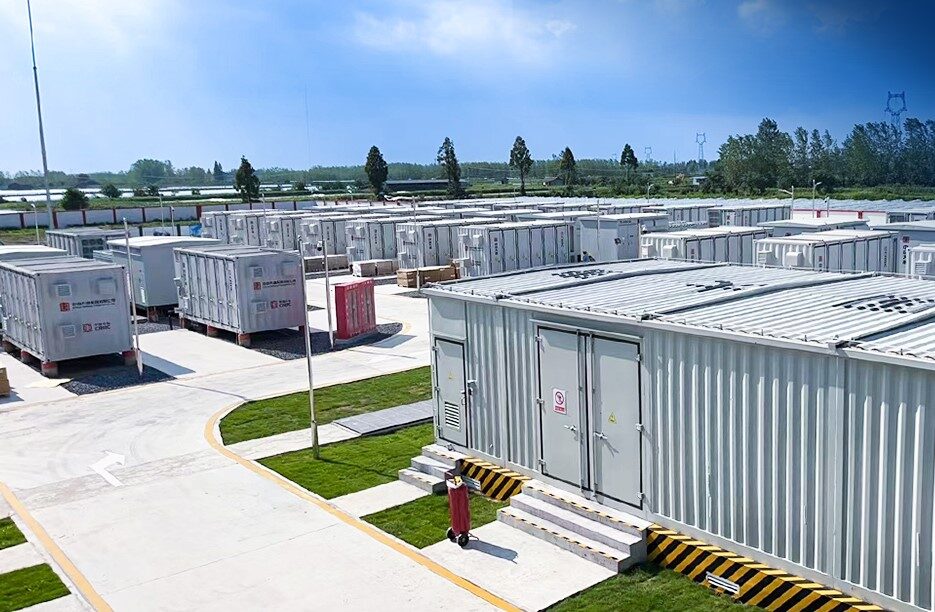Scientists from Saudi Arabia’s King Abdullah University of Science and Technology (KAUST) have conducted a one-year outdoor test for a tandem perovskite-silicon solar cell they developed in 2020. They have found that the device retained more than 80% of its initial efficiency during the testing period between April 2021 and April 2022.
“We are not talking about 500 hours or 1,000 hours in a lab-controlled environment, but rather real outdoor measurement during multiple years,” researcher Maxime Babics told pv magazine, noting that the testing has only just started. “Now that the efficiency of tandem cells is beyond 30%, I really think that it is time to focus on stability, having in mind at least a two-decade operation goal.”
The research group described its findings in “One-year outdoor operation of monolithic perovskite/silicon tandem solar cells,” which was recently published in Cell Reports Physical Science. They noted the importance of robust encapsulation to minimize encapsulation-related failures.
The academics soldered two metal wires on both sides of the cell to extend the electrode contacts. They then encapsulated the device between two layers of thermoplastic polyurethane (TPU) and glass before module lamination.
They deployed the tandem solar cell at a tilt angle of 25 degrees and a southern orientation. They then tested it at a KAUST testing facility in Saudi Arabia, with a global horizontal irradiance (GHI) of approximately 2,240 kWh per square meter.
“The combination of high irradiance, high temperature, and high relative humidity makes this given location a challenging environment for perovskite-based solar cells but a most relevant location to study the outdoor resilience of PV technologies,” said the scientists.
The tandem device's fill factor remained above 78% for the first four months and then gradually decreased from August until December to around 72%. At the end of the first year of operation, it remained above 70%.
“Knowing that the fill factor is the parameter that is most prone to degrade outdoors, the results are promising toward achieving stable tandem technology,” the researchers said.
They noted that by the end of April 2021, the cell was still able to retain more than 80% of its initial efficiency.
“It is a big jump for us in terms of outdoor stability but it is clear that we have room for improvement,” Babics said. “It is also important to mention that this generation of tandems was developed in our lab at the end of 2020 and I am confident to say that the new generation of the tandem that we are fabricating at the moment could provide better results.”
This content is protected by copyright and may not be reused. If you want to cooperate with us and would like to reuse some of our content, please contact: editors@pv-magazine.com.




5 comments
By submitting this form you agree to pv magazine using your data for the purposes of publishing your comment.
Your personal data will only be disclosed or otherwise transmitted to third parties for the purposes of spam filtering or if this is necessary for technical maintenance of the website. Any other transfer to third parties will not take place unless this is justified on the basis of applicable data protection regulations or if pv magazine is legally obliged to do so.
You may revoke this consent at any time with effect for the future, in which case your personal data will be deleted immediately. Otherwise, your data will be deleted if pv magazine has processed your request or the purpose of data storage is fulfilled.
Further information on data privacy can be found in our Data Protection Policy.